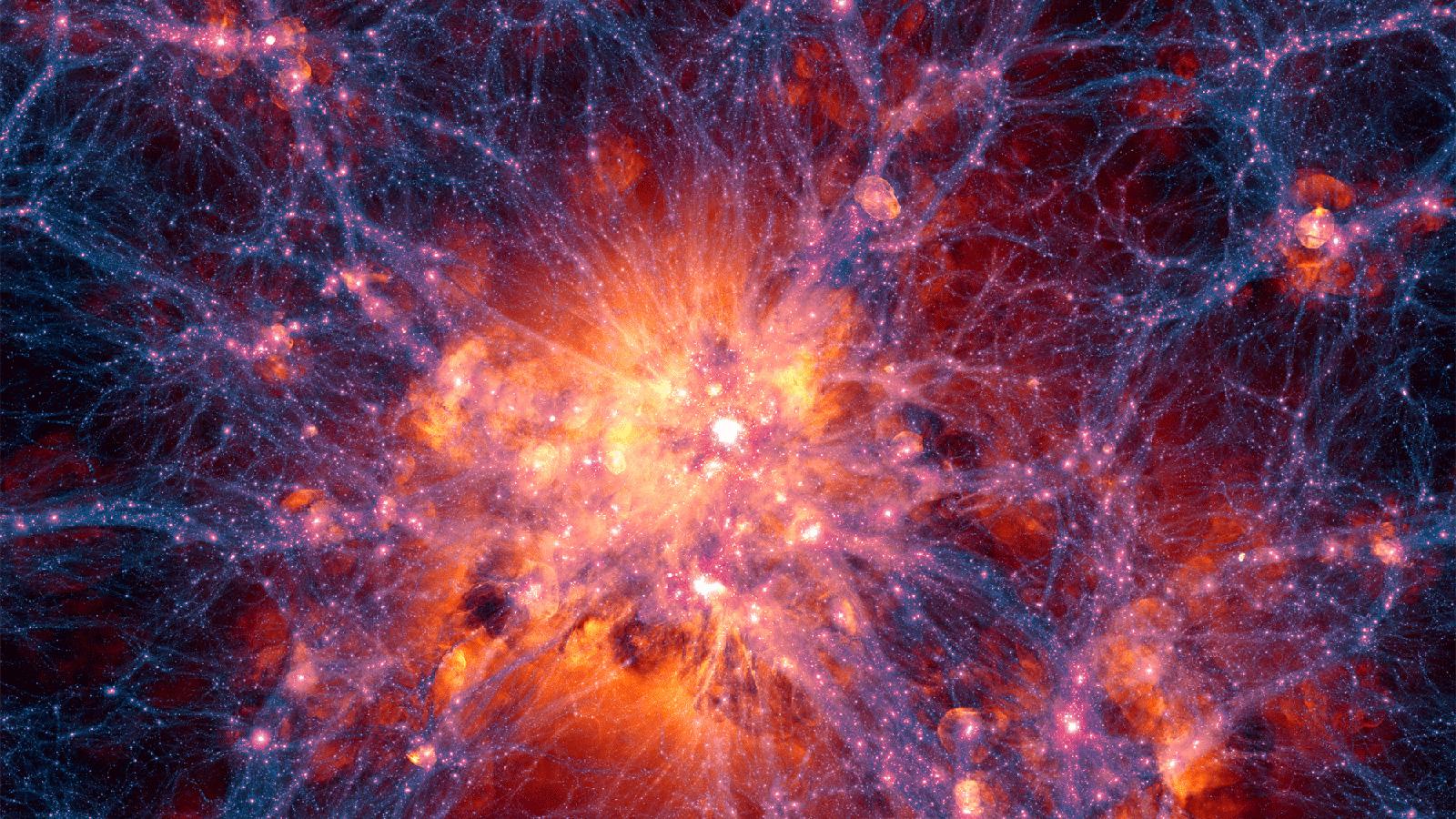Astronomy 2292 is the second semester of a two-semester introductory sequence designed for sophomore Astronomy and Astrophysics majors and minors, as well as for scientifically literate undergraduates who wish to learn basic astrophysics from a quantitative perspective.
The major topics covered are:
- The observed properties of stars, their atmospheres, and interiors.
- The interstellar medium.
- The formation and evolution of stars and stellar remnants.
- The properties of galaxies, clusters, and superclusters.
- Cosmology and the history of the universe.
The textbook for the course is Foundations of Astrophysics, by Barbara Ryden and Bradley Peterson. This course will cover roughly the second half of the book, with the first half covered in Astronomy 2291.
General Education Learning Goals & Outcomes
On completing this course, students should understand the principles, theories, and methods of modern science, the relationship between science and technology, the implications of scientific discoveries and the potential of science and technology to address problems of the contemporary world.
Astronomy 2292 will meet these expected outcomes by:
- Investigating the basic facts, principles, theories, and methods of modern science as practiced in the field of astrophysics.
- Learning about the basic observations of the natural world that establish our empirical basis for the study of astrophysics.
- Providing instruction in the problem-solving tools and approaches that integrate our application of the laws of physics with astrophysical situations revealed by observations.
- Explaining the role that modern technology plays in our investigation of the universe, and how we obtained quantitative measurements of astronomical objects.
Course Catalog Description
Observational and physical properties of the sun and stars; stellar structure and evolution; interstellar medium; galaxies and cosmology.
Prerequisites:
Astronomy 2291 (291), or permission of instructor. Not open to students with credit for 292.
This course is available for EM credit. GE nat sci phys course.

